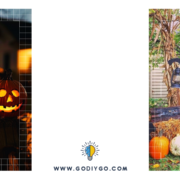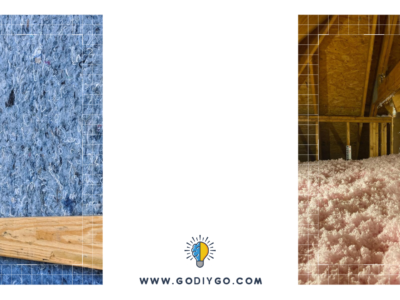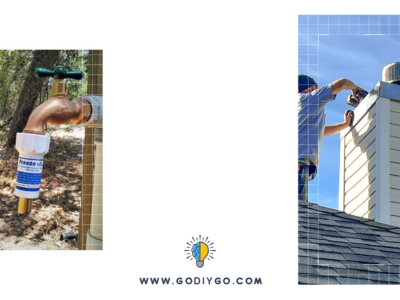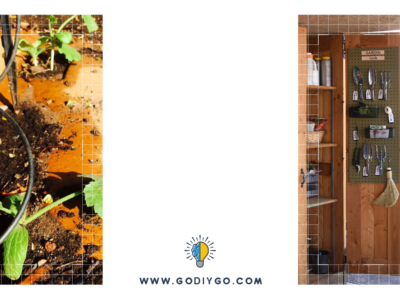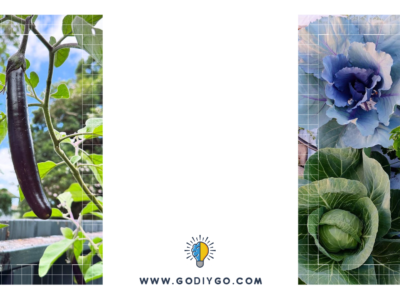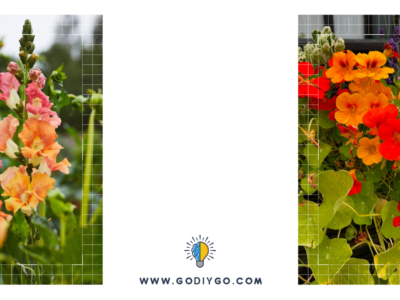As the crisp fall air begins to set in, many gardeners start thinking their growing season is over. But guess what? Fall is actually the perfect time to get your hands dirty again and plant a whole new batch of delicious vegetables. Whether you’re an experienced gardener or just starting out, fall gardening offers a variety of benefits, like fewer pests and cooler temperatures, making it a stress-free time to enjoy the process. Plus, you get to extend your harvest into the cooler months, keeping your table stocked with homegrown goodies. So, let’s dive into some tips on how to create a successful fall vegetable garden and what you can plant right now to make the most of the season.
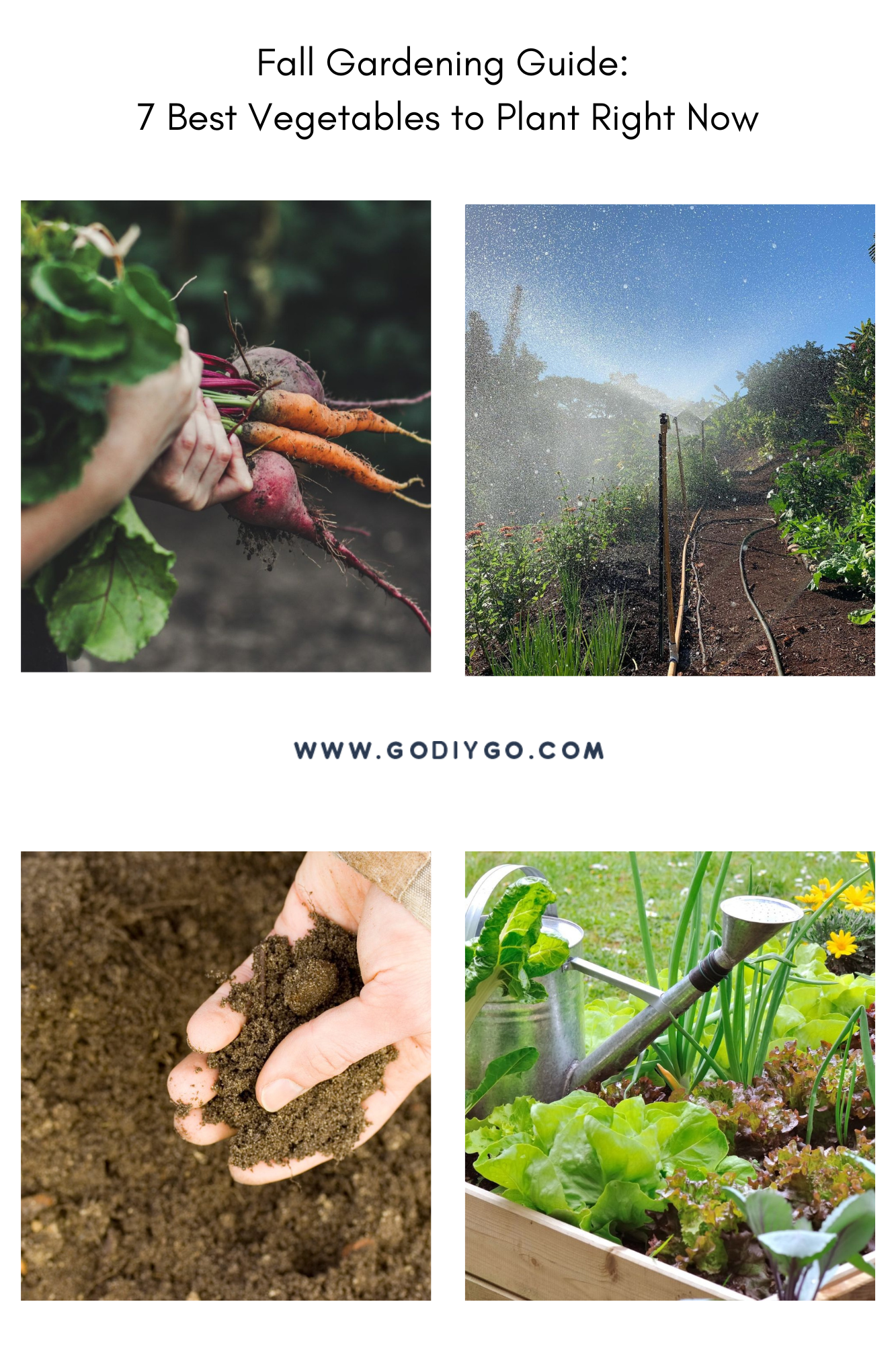
1. Know Your Growing Zone

You’ll need to check the frost date for your area and work backwards to see how much growing time you have left before the cold sets in. Vegetables from @ espositolawnandgardencenter
Before you get too excited, it’s important to figure out your growing zone. Each region has its own timeline when it comes to the first frost, and this will be a key factor in choosing what to plant. For example, if your area’s first frost is expected in late October and a veggie takes 60 days to mature, you’ll want to plant that by late August or early September. Quick-growing crops are your best bet for fall, but with the right planning, even some slower growers can thrive.
2. Cool-Season Crops Are Your Friends
Fall is the season for cool-loving crops. These veggies actually thrive in cooler weather, so it’s like they’re made for fall gardening. Let’s break down a few all-stars that you can plant now:
1. Lettuce
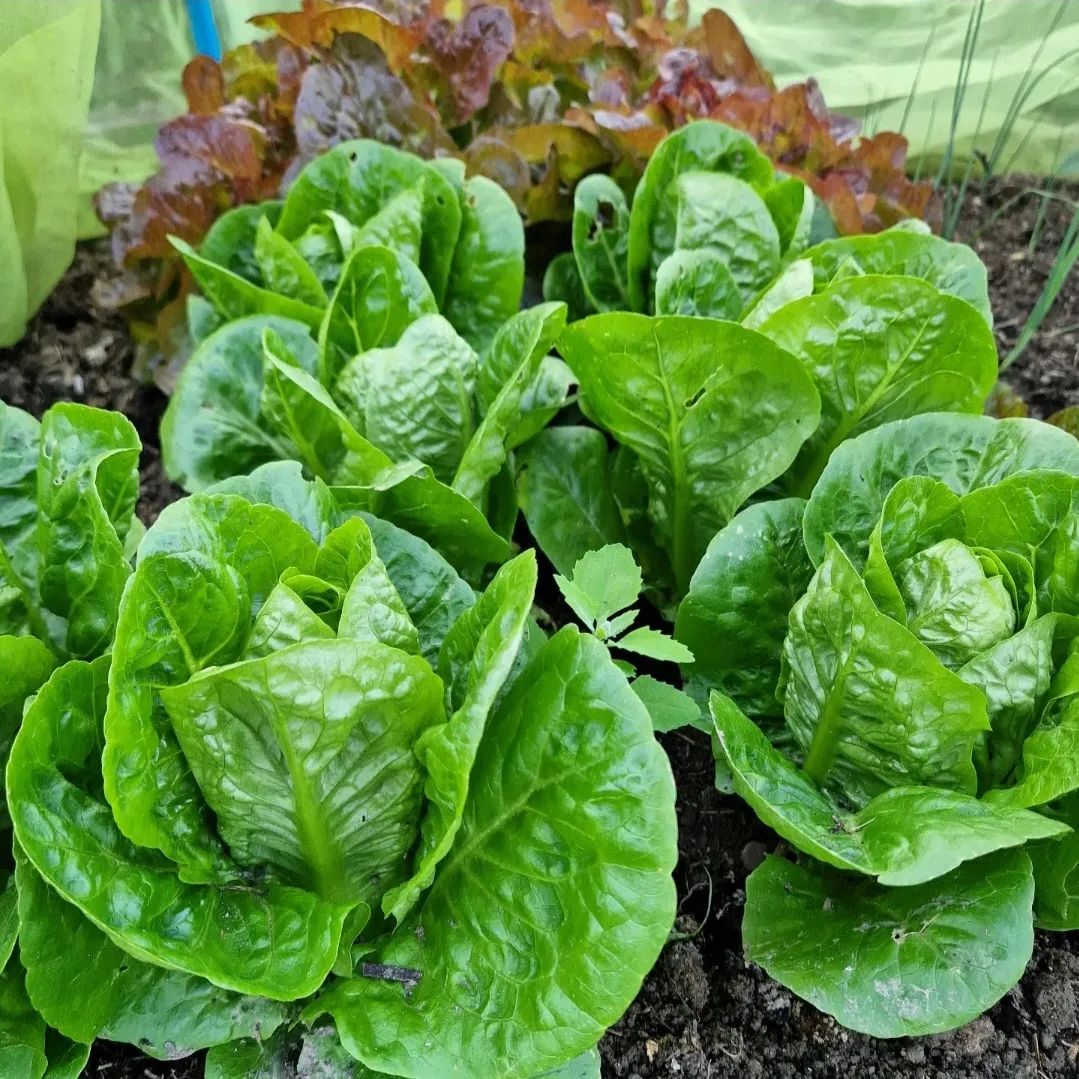
Lettuce can handle a light frost, so you can keep harvesting even after the weather dips. Grow your own lettuce from @ roscoewaffles
Lettuce is a quick grower, which makes it ideal for fall. You can harvest baby greens in just a few weeks, and the cooler temps mean your leaves won’t get bitter like they sometimes do in the heat of summer.
2. Spinach
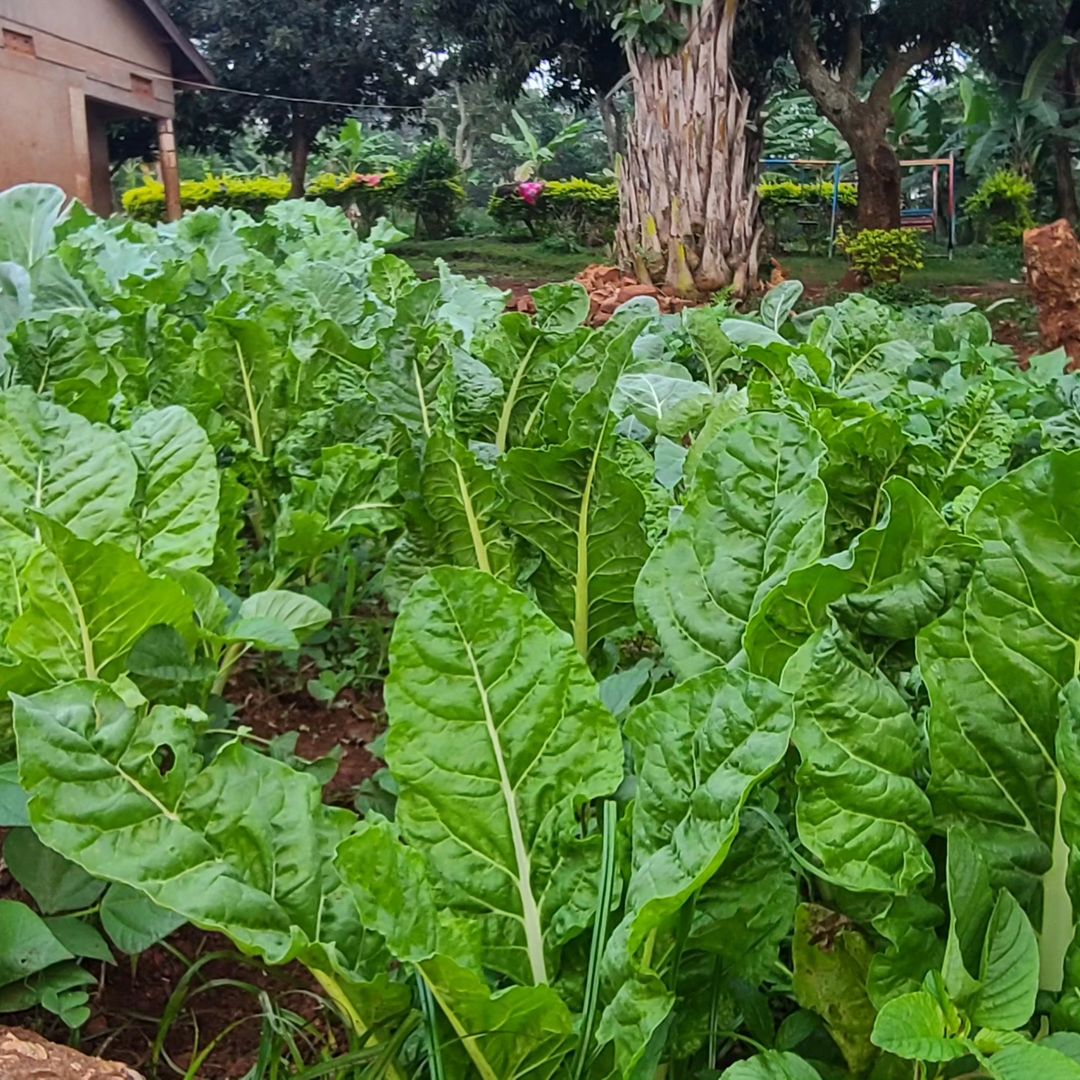
Spinach loves cooler weather, and it will germinate quickly once the temperatures drop. Spinach from @ isaac_kulabako_zack
Spinach can handle frost, too, and the leaves actually taste sweeter after a light freeze. You can start harvesting spinach within 30-40 days, and it’s super versatile – toss it in salads, soups, or sauté it with garlic for a cozy side dish.
3. Carrots
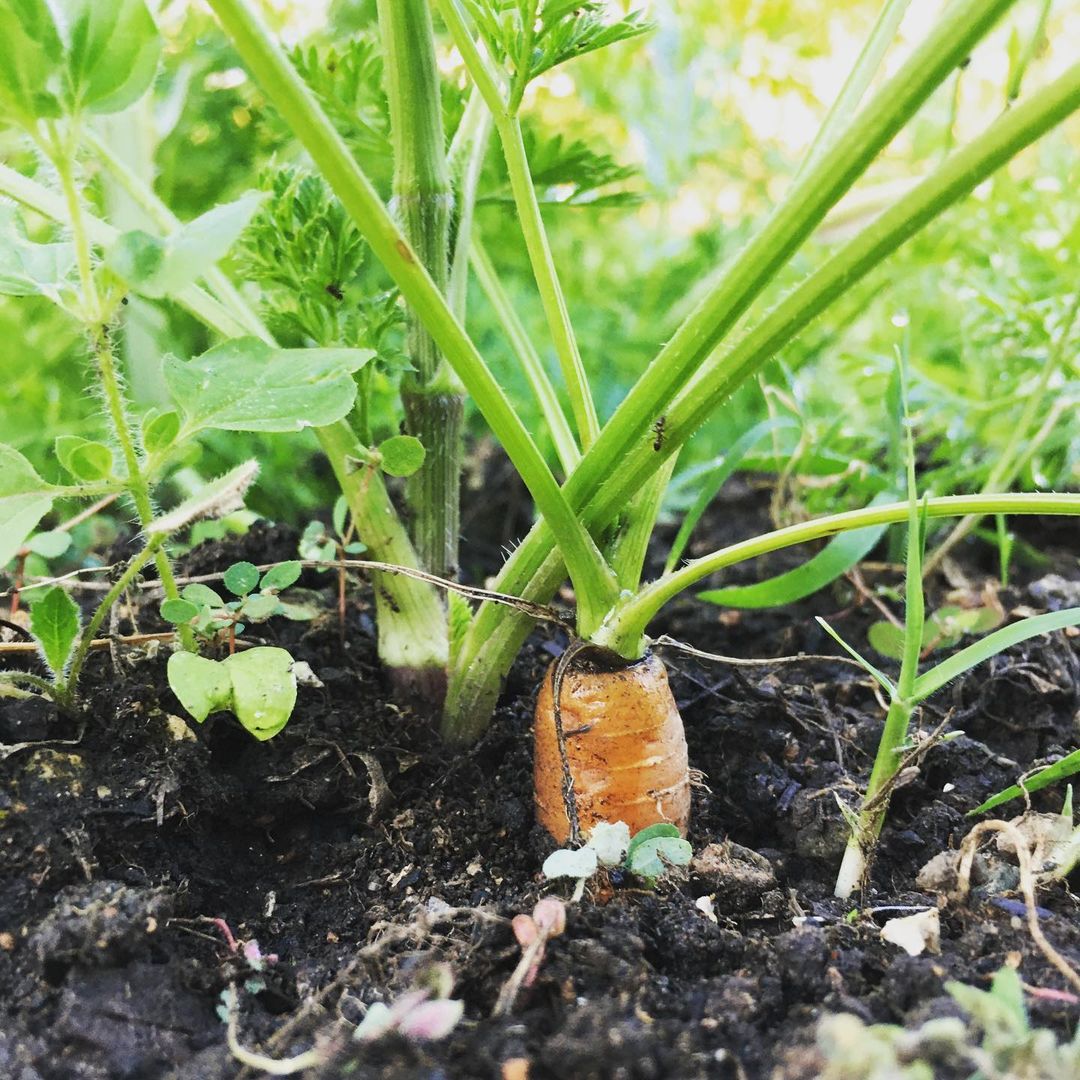
Fall carrots tend to develop a richer flavor when grown in cooler weather, so you’ll be rewarded with delicious, homegrown carrots perfect for soups, salads, or snacking! Grow from seed from @ newcastlefarmgirl
Carrots may take a bit longer to mature, but they’re totally worth the wait. The trick with carrots is to plant them early enough so they can establish before the first frost. They won’t mind a bit of cold – in fact, cooler temps will make them sweeter. You’ll be pulling out crunchy, sweet carrots through late fall.
4. Radishes
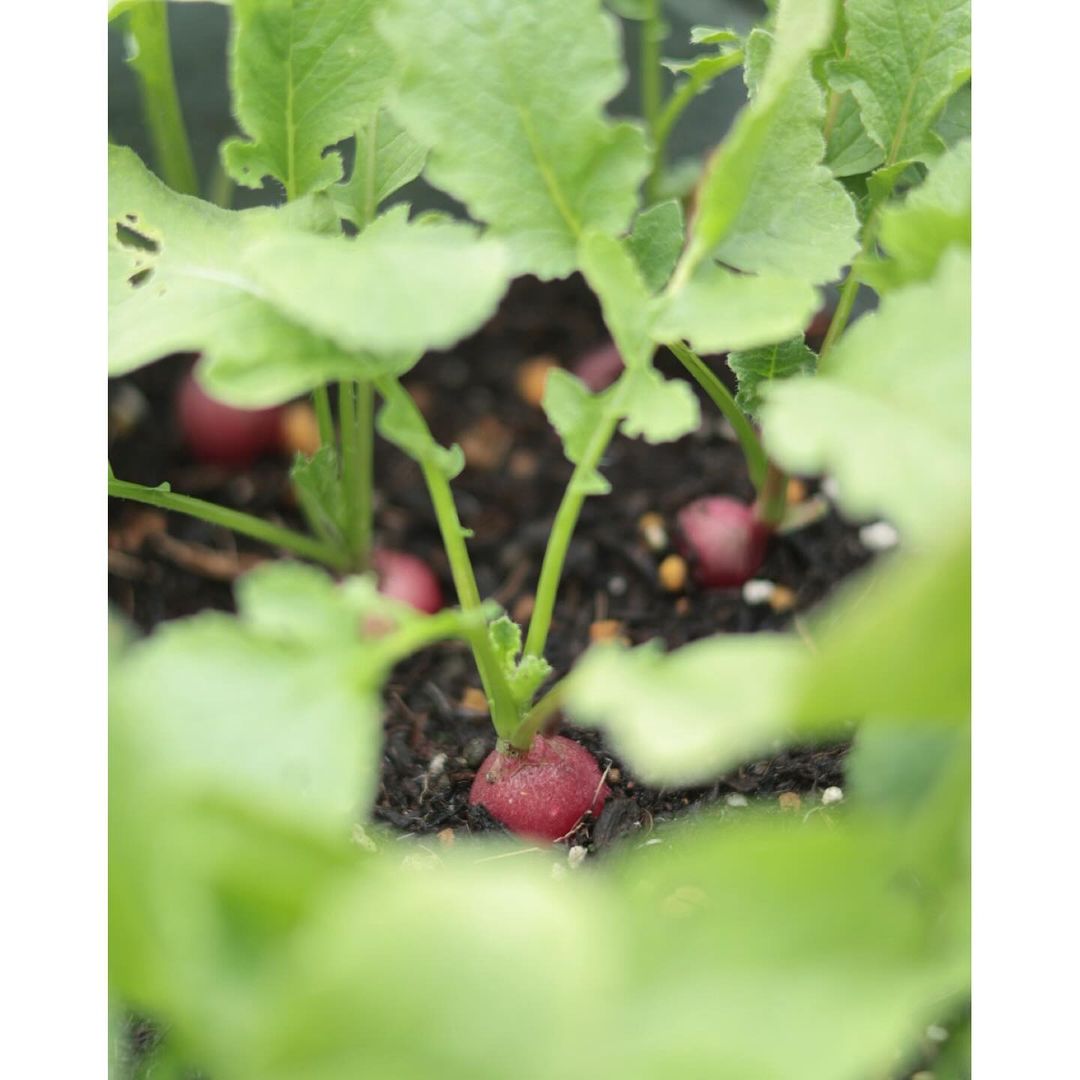
Radishes love the cool weather, and you’ll get crisp, spicy roots perfect for salads or snacking. Gardening from @ yukiko_fleur
If you’re looking for an almost instant payoff, radishes are your go-to fall veggie. They mature quickly, often in just 25 days. Plus, they love the cool weather and can withstand a bit of frost. You can plant them in small spaces and squeeze them in between slower-growing crops to make the most of your garden space.
5. Broccoli
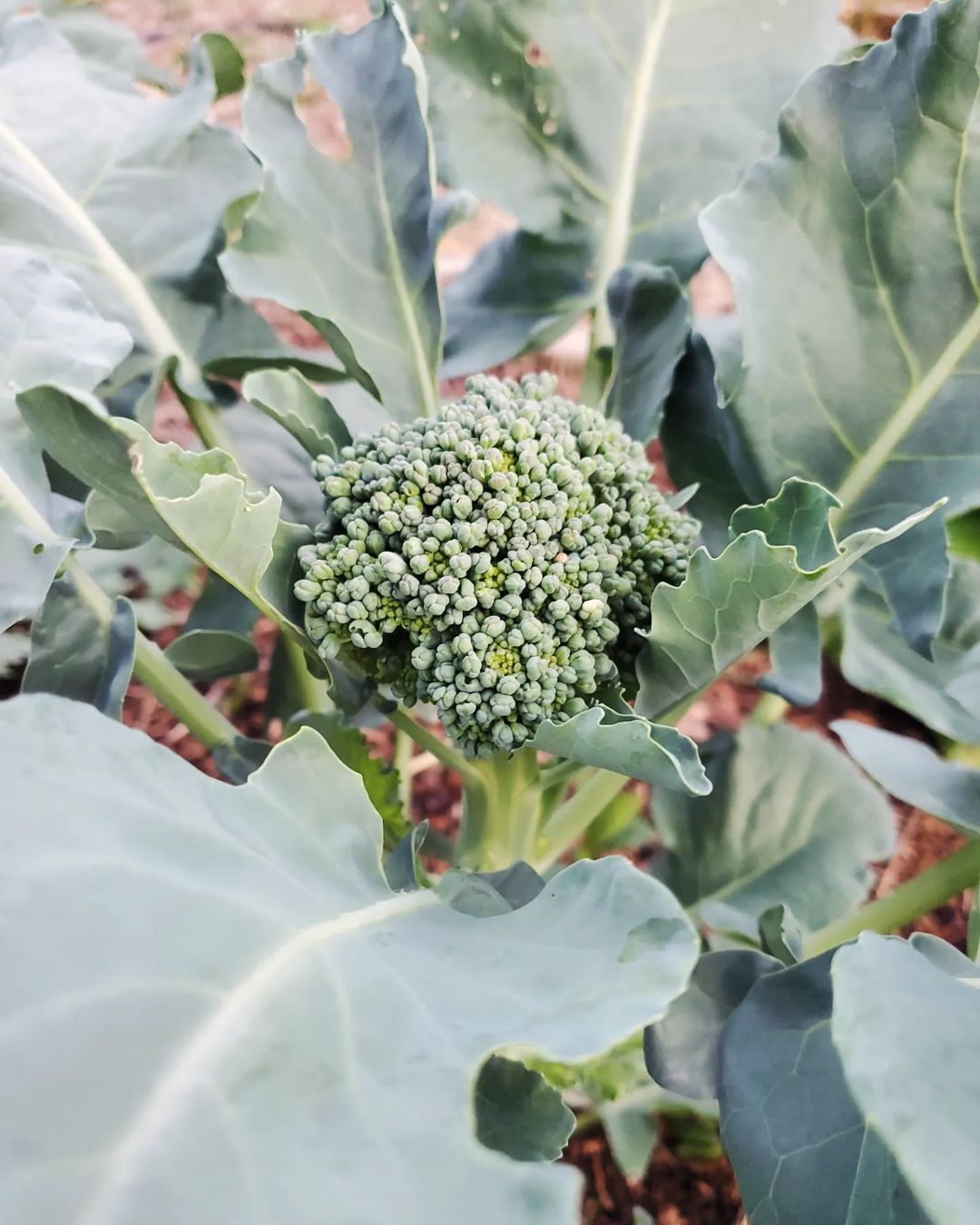
Cooler fall weather allows broccoli to develop dense, flavorful heads, perfect for roasting, steaming, or soups. Broccoli from @ sarahhuserhub
Broccoli thrives in the cooler temperatures of fall, and it’s a fantastic crop to plant now. It does take a bit longer to mature than some others, around 60-80 days, so you’ll want to get these in the ground soon. But once you do, the cool air will help the heads grow nice and firm, giving you delicious homegrown broccoli to enjoy.
6. Kale
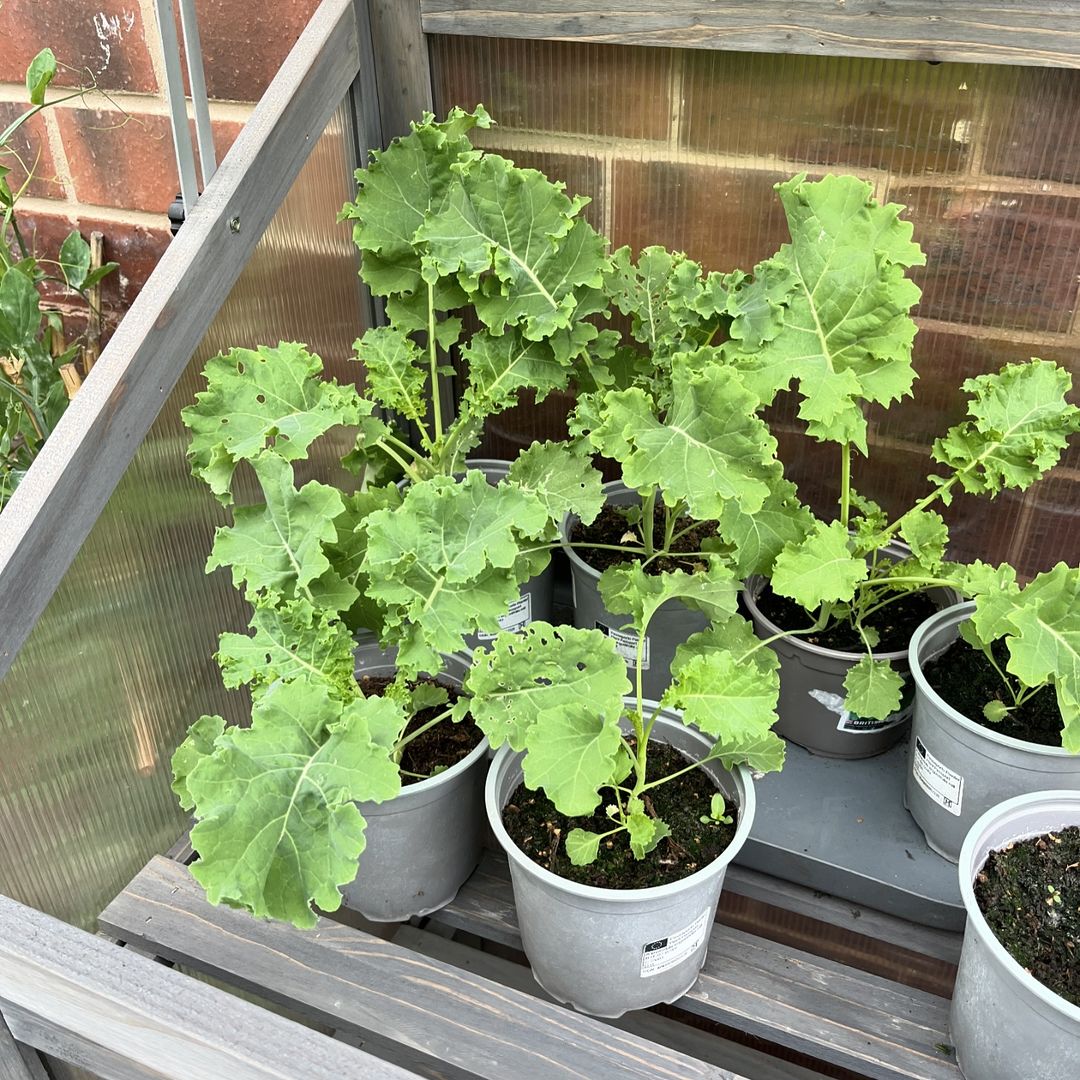
Kale is also frost-resistant, meaning you can continue harvesting throughout the fall and even into early winter! Kale from @ the100ftbackgarden
Kale is practically indestructible when it comes to cool weather. Not only is it packed with nutrients, but it’s also super frost-tolerant, with some varieties able to survive temperatures down to the teens. Kale’s flavor actually improves after a frost, so you’ll be enjoying sweet, tender leaves all through fall.
7. Beets
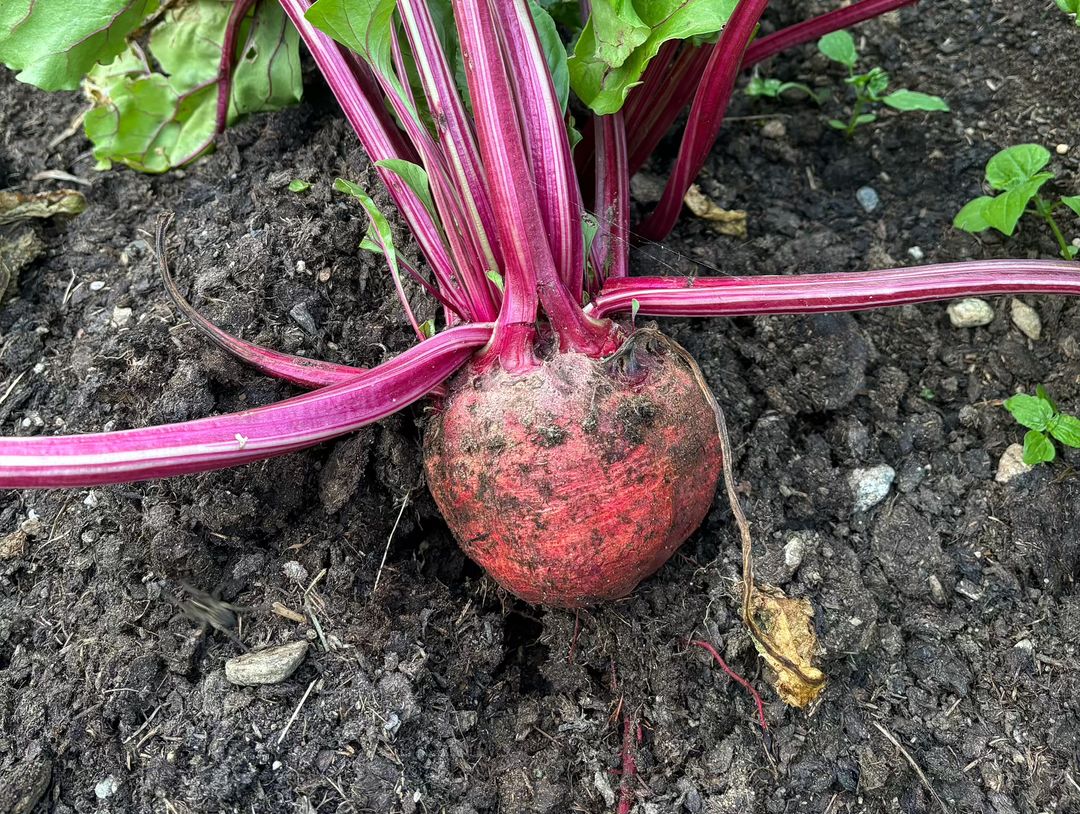
Beets grow best in loose, well-drained soil and need plenty of sunlight to thrive. Beets from @ roadsendfarm
Beets are another root crop that loves the cooler months. They’re relatively fast growers, typically ready in about 50-60 days. Both the root and the greens are edible, so you get two veggies for the price of one! Plus, beets sweeten up with cooler weather, making them even more delicious roasted or added to a hearty fall salad.
3. Timing is Everything
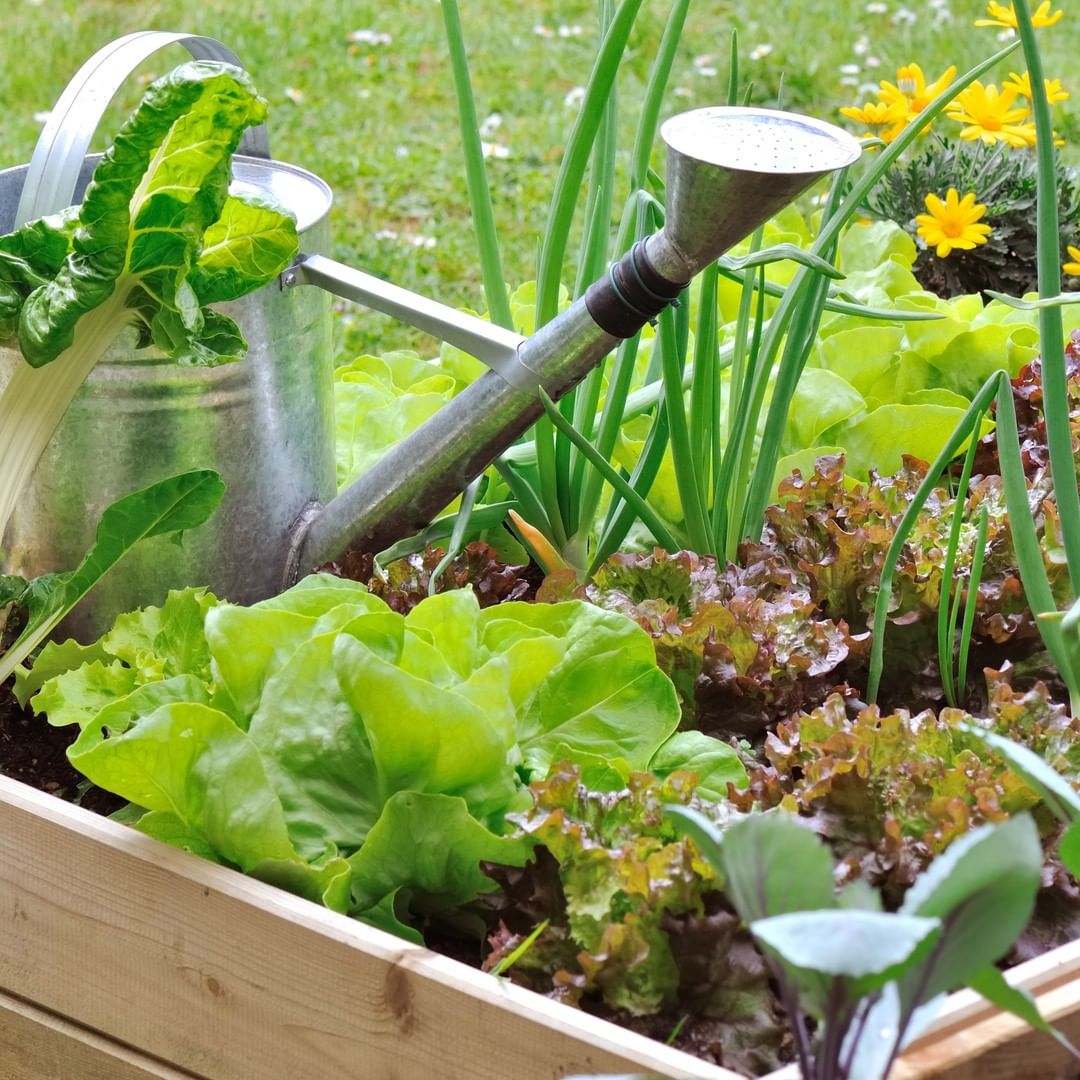
Fast-growing veggies like radishes and spinach can be planted later, while slower growers like broccoli or carrots should go in as soon as possible. Fall vegetable garden from @ botanical_interests
One of the most important parts of fall gardening is timing. Since the days are getting shorter, your veggies will grow a little more slowly than they would in the height of summer. That means you want to plant your fall crops sooner rather than later to give them plenty of time to mature before the first big freeze. Look at the number of days to maturity for each crop, and plan accordingly.
4. Prepare Your Soil
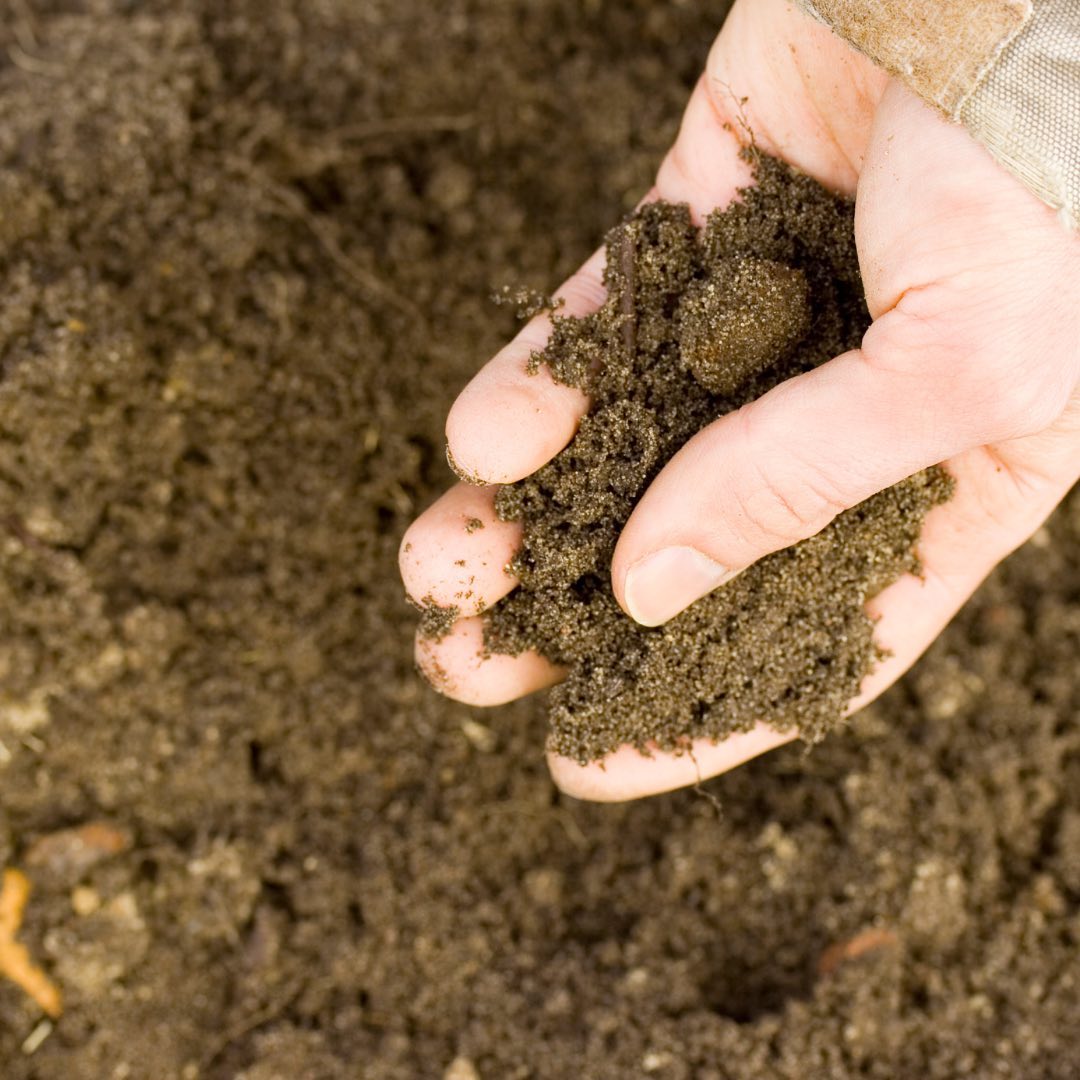
Healthy, well-prepped soil will help your fall garden thrive. Fertilizer from @ williamsonnursery
Even though it’s fall, your soil still needs some love. After a long summer of growing, your garden soil could use a little rejuvenation. Adding compost or aged manure will provide a nutrient boost for your fall crops. If you’re reusing the same garden bed, be sure to remove any leftover debris from your summer crops, and give the soil a good tilling to loosen it up.
5. Watering in Fall
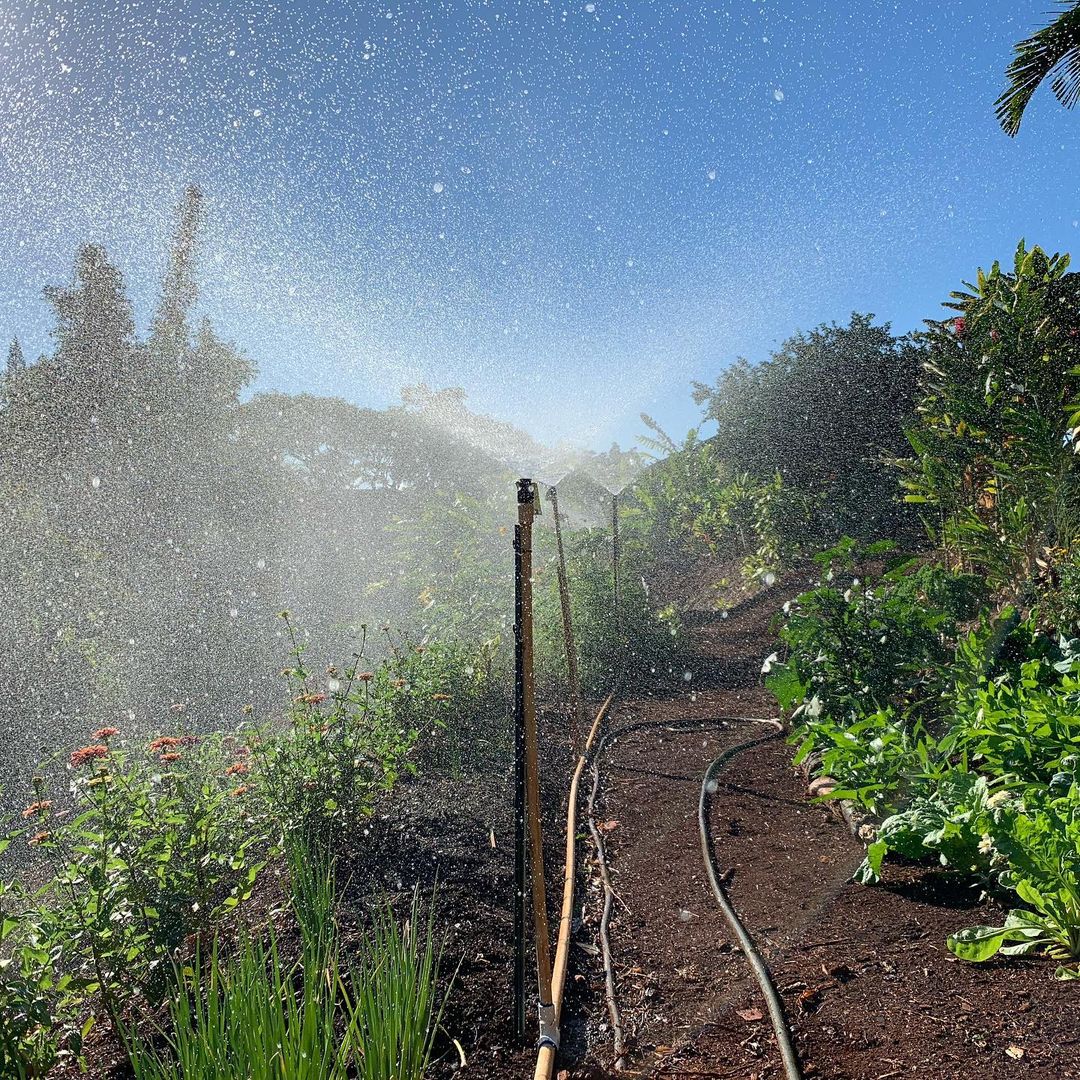
The cool weather might trick you into thinking your garden doesn’t need as much water, but fall crops still need a consistent supply to thrive. Sprinkler from @ marekalittle
During fall, he soil can dry out faster than you’d expect, especially on sunny days. Keep the soil evenly moist, but avoid overwatering, as cooler temperatures mean less evaporation. Mulching around your plants can help retain moisture and keep the soil temperature steady, which is crucial for those cool-season crops.
6. Protecting Your Plants
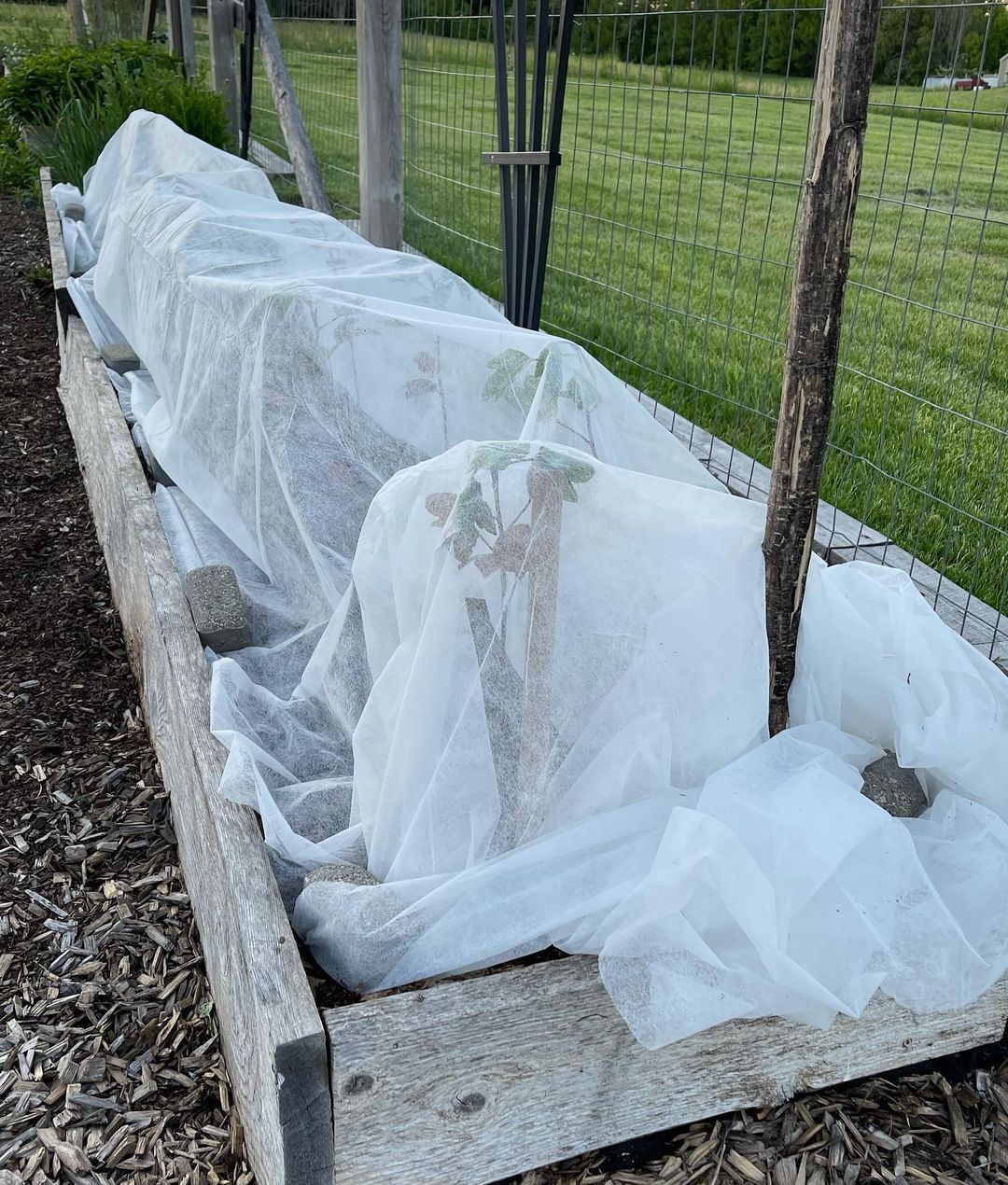
Row covers can be left on throughout the growing season, giving your plants a cozy microclimate to thrive in during the fall months. Row cover from @ juliadimakos
As the season progresses and the nights get chillier, you might need to offer your crops some extra protection. Row covers or frost cloths are great for extending the growing season. They’ll trap a bit of heat and protect your plants from a light frost, giving you a few extra weeks of harvesting time. If a deep freeze is in the forecast, you can even use old sheets or blankets to cover your plants overnight.
7. Don’t Forget to Enjoy the Process
Gardening in the fall offers a slower, more peaceful pace compared to the hustle of summer gardening. The air is cool, the bugs are few, and there’s a unique sense of satisfaction in watching your fall crops thrive. You’re not just extending your harvest, but also giving yourself a chance to enjoy your garden in a whole new season.
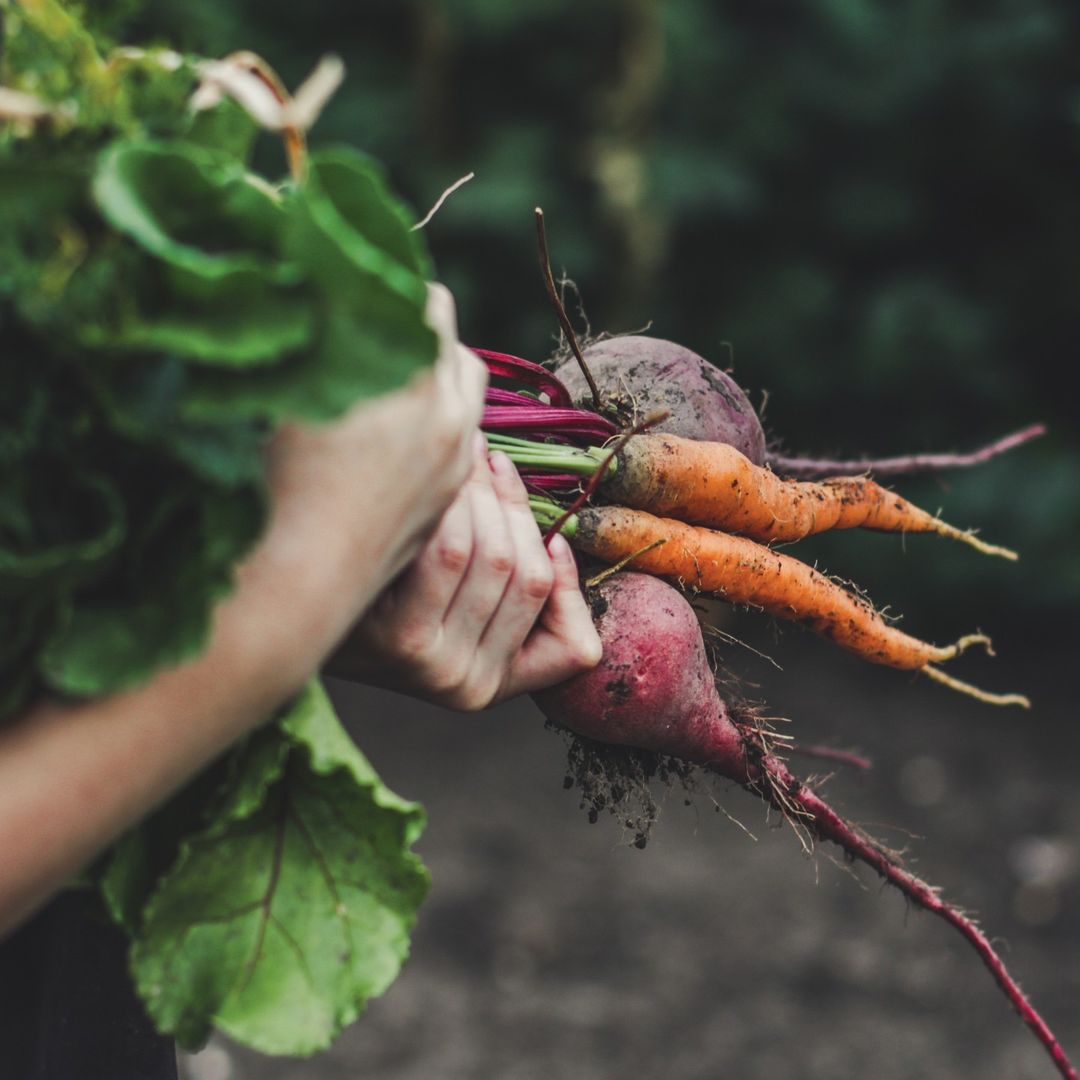
Fall is a great time to give gardening another go. With the right crops and a bit of planning, your fall vegetable garden can be just as bountiful as your summer one. Harvesting from @ gardenworkscanada
So, what are you waiting for? Grab those garden gloves, enjoy the crisp air, and get planting! You’ll be thanking yourself when you’re harvesting fresh veggies long after most gardens have gone dormant.





